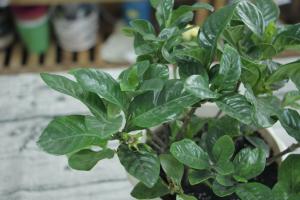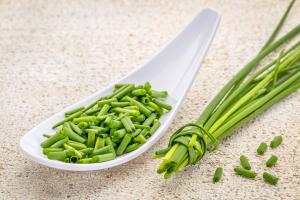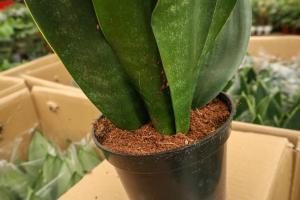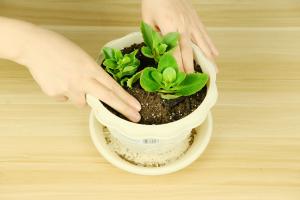Introduction
Fluorescent lights are a popular choice for indoor gardening because of their low cost, energy efficiency, and ability to simulate natural daylight. However, the question remains: are fluorescent lights good for growing plants? In this article, we will explore the advantages and disadvantages of using fluorescent lights for plant growth.
The Pros of Using Fluorescent Lights for Growing Plants
1. Energy Efficiency: One of the biggest advantages of fluorescent lights is their energy efficiency. They use around 75% less energy than traditional incandescent bulbs, which means that they are not only better for the environment but also help save money on electricity bills.
2. Low Heat Output: Fluorescent lights produce very little heat, which means that they can be placed much closer to plants without burning or damaging them. This allows for more concentrated and efficient lighting, which can lead to better plant growth.
3. Versatility: Fluorescent lights come in a variety of sizes and shapes, making them suitable for a wide range of plant sizes and shapes. They can be used for seedlings, vegetable crops, and even flowering plants. Some fluorescent lights are also designed specifically for certain plant types, such as orchids or bonsai.
The Cons of Using Fluorescent Lights for Growing Plants
1. Limited Light Intensity: While fluorescent lights are energy-efficient and produce very little heat, they cannot produce the same intensity of light as other types of grow lights, such as high-pressure sodium or metal halide lights. This means that they may not be ideal for plants that require a lot of direct sunlight or high levels of light intensity.
2. Multiple Bulbs Required: To achieve the same level of intensity as other types of grow lights, fluorescent lights often require multiple bulbs, which can be expensive and take up a lot of space. In addition, replacing these bulbs can be a hassle, as they often need to be changed every six months to a year.
The Bottom Line
Overall, fluorescent lights can be a good choice for indoor gardening, especially for those on a budget or those looking for an energy-efficient lighting option. However, they may not be suitable for all plant types and may require multiple bulbs to achieve the desired light intensity. When choosing a grow light for your plants, it is important to take into account your specific needs and the needs of your plants to ensure optimal growth and health.

 how many times do yo...
how many times do yo... how many planted tre...
how many planted tre... how many pine trees ...
how many pine trees ... how many pecan trees...
how many pecan trees... how many plants comp...
how many plants comp... how many plants can ...
how many plants can ... how many plants and ...
how many plants and ... how many pepper plan...
how many pepper plan...
































